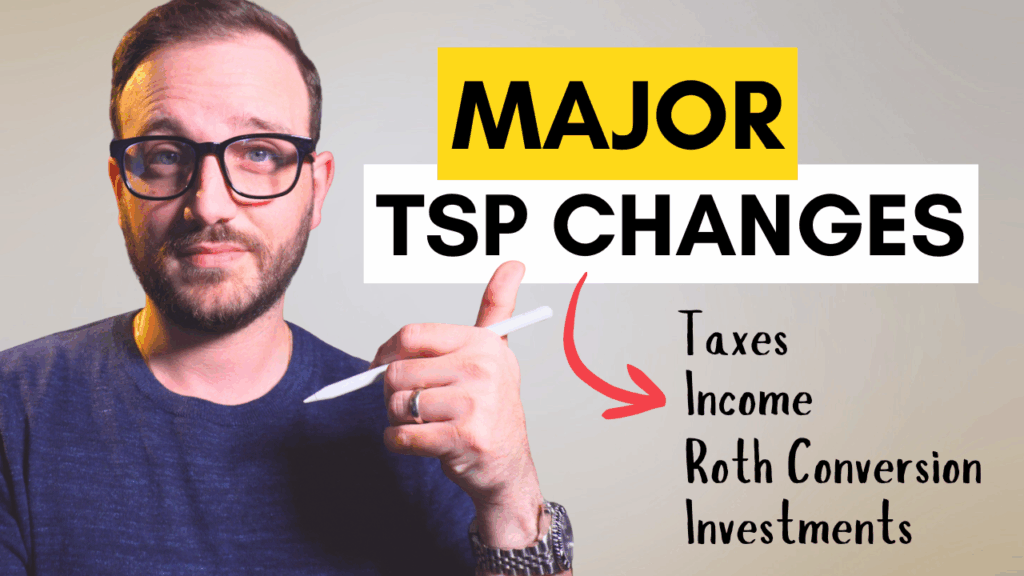Essential Year-End Financial Planning for Federal Employees
As the year comes to a close, it’s easy to pack our schedules with festivities. Yet, this is also a crucial time to review and adjust your financial plans. For federal employees, the benefits landscape offers specific opportunities and challenges that require careful attention.
From retirement account distributions to strategic charitable giving, making the right moves now can help you save on taxes, grow your wealth, and set yourself up for financial success in the new year. Here’s a detailed look at the financial tasks to tackle before December 31.
Required Minimum Distributions (RMDs)
The internal revenue code requires you to withdraw a minimum amount from your retirement accounts each year once you reach a certain age. Failing to do so can result in a hefty penalty of the amount you should have withdrawn.
- Accounts Requiring RMDs: While TSP and many 401(k) plans handle RMDs automatically, traditional IRAs require manual action. Additionally, inherited retirement accounts—including inherited Roth IRAs—are subject to RMD rules, which often catch people by surprise. Note that if you’re still working, retirement accounts tied to that specific job may not have the same RMDs.
- The Charitable Giving Solution: If you plan to donate to charities, consider using a Qualified Charitable Distribution (QCD). QCDs allow individuals aged 70½ and older to donate directly from their IRAs, satisfying RMD requirements while avoiding income taxes. It’s a win-win: you reduce your tax burden, and the charity receives the full benefit of your gift with no tax either.
To Roth or not to Roth
A Roth conversion can be a smart way to lower your long-term tax liability by transferring funds from a pre-tax retirement account into a Roth IRA. The converted funds grow tax-free and are not subject to RMDs in the future.
Why Convert Before Year-End? Once you reach RMD age, the additional income from required distributions could push you into a higher tax bracket, especially if you’ve been a good saver. Converting funds now may allow you to pay taxes at today’s rates rather than tomorrow’s potentially higher ones. There are many considerations when assessing a Roth strategy, so take care to do so correctly.
A Roth conversion could pay off in more ways than one. Lower taxable income can also reduce Medicare premiums for those on FEHB or TriCare for Life, as Medicare premiums are tied to your income level. A retired fed I spoke to caused themselves ~$3,000 more in annual Part B costs by going over the income limit by a mere $400 due to an RMD. Good planning would have easily prevented this.
Capital Gains: Be Proactive About Incoming Tax Liabilities
If you own mutual funds in taxable accounts, year-end capital gains distributions can create unexpected tax liabilities come next April. These distributions occur even if you haven’t sold any of your shares.
You should identify what the taxable gain for each of your investment holdings will be and understand what gains will be distributed. This will help you estimate the taxes you’ll owe. If you anticipate a large tax bill, consider setting aside cash now to avoid scrambling in April. A little foresight can go a long way toward reducing stress during tax season, and potentially save you money with underpayment penalties.
IRA Contributions: Don’t Wait Until April
You have until April 15 of the following year to make IRA contributions for the current tax year, but contributing before December 31 has its advantages. If you know you’ll qualify for a Roth IRA, contributing earlier allows your money to start compounding tax-free sooner.
For earners who exceed the income limits for direct Roth contributions, the backdoor Roth IRA offers a way to funnel funds into a Roth account. Be sure to consult the right financial professionals to navigate the rules, necessary forms, and tracking to perform it correctly.
Note that if you’re still contributing to the TSP, your ability to deduct traditional IRA contributions may be limited. Make sure to understand the eligibility rules and plan accordingly.
Bunching Donations: Maximizing Tax Efficiency
If charitable giving is part of your plan, consider a strategy called “bunching,” which involves consolidating several years of donations into one tax year.
The Tax Cuts and Jobs Act increased the standard deduction, meaning very few federal employees will itemize their deductions. This means your donations throughout the year (or the more planned ones at year-end) may not be giving you the max tax benefit. By making larger, one-time donations, you may exceed the standard deduction threshold and gain the ability to itemize.
Some families also choose to set up a donor-advised fund (DAF). Setting up a DAF allows you to take the tax deduction now while spreading out your charitable contributions over time. It’s kind of like having your own mini-foundation that you can control for your philanthropic goals.
Planning Ahead: Prepare for a Strong Start in 2025
The best financial plans don’t stop at year-end—they look ahead to anticipate needs and mitigate risks.
Start thinking about your cash flow needs for next year. If you anticipate major expenses in 2025, such as a home renovation or vehicle purchase, make sure you have enough cash on hand. Selling investments during an untimely market downturn could lock in losses and derail your plans. If retirement is on the horizon, you must plan your cash flow needs for the next several years. Adjust your plan to ensure you have developed your income strategy accordingly.
You still have time in open season to make adjustments to your healthcare coverage for next year. HSAs can be great tools (or FSAs) but consider your age and whether a HDHP is right for you.
Small Steps, Big Impact
Year-end financial planning doesn’t have to be overwhelming, but it does require attention to detail and timely action. Take the time to review your accounts, understand the rules, and implement these strategies.
With a little preparation now, you can close out 2024 with confidence and start next year on the right financial foot. After all, it’s not just your money, it’s your future.



